A small dipole of dipole moment is placed at a distance from the centre of a neutral conducting sphere of radius The direction of dipole is towards the centre of the sphere. A tangent is drawn from the centre of dipole to the sphere which meets the sphere at point
Important Questions on Electrostatics
Determine the electric dipole moment of the system of three charges, placed on the vertices of an equilateral triangle, as shown in the figure:
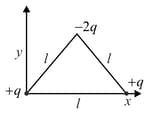
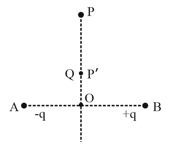
Two ideal electric dipoles and , having their dipole moment and respectively are placed on a plane with their centres at as shown in the figure. At point on the axis of dipole , the resultant electric field is making an angle of with the axis. The ratio of the dipole moment of and is take

( is permittivity of free space, dipole size)
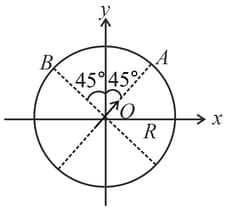
A dipole is placed in an electric field as shown. In which direction will it move?
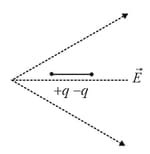
Two charges and are placed at points A and B separated by a distance of . Find the electric field at a point P on the perpendicular bisector of AB, at a distance of from its mid-point.
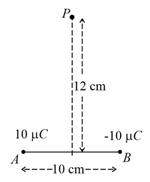
Define electric dipole moment. Give its unit.

The distance from at which both of them produce the same potential is:

